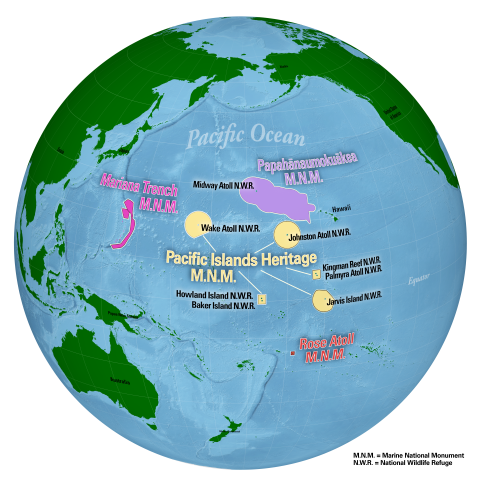Monumental good news for public lands
Sorry that I missed you last week — I was a little wrapped up in a major life event. Named after a Roman hero and a 1964 preservation law, my second son was born late last Wednesday evening. If you’ve had a newborn (plus a toddler) you know how your minutes slip away those first couple of weeks — and thus no newsletter.
Luckily, the good news for public lands didn’t stop just because I wasn’t available to share it. At about the same time my son was born, the amendment selling off approximately 500,000 acres was stripped from the House Reconciliation Bill. This was a huge win for public land protectors and a massive signal that grassroots pressure on lawmakers and officials can still sway public policy. The amendment was killed as a result of thousands of public land protectors calling and writing persuadable and influential Republicans like Ryan Zinke and Mike Simpson. For those that participated in this push, well done. For those that didn’t get in the effort this time, take this as your sign — we can beat them.
On top of that, there has been additional positive developments related to landscapes protected by the 1906 Antiquities Act. Last week, Earthjustice filed a lawsuit challenging Trump’s April 17 executive order opening the Pacific Island Heritage Marine National Monument to commercial fishing. Similar to the legal battle on behalf of Bears Ears and Grand Staircase-Escalante National Monuments during Trump 1.0, the lawsuit is based on the idea that this administration is misusing the Antiquities Act to reduce protections for the monument.

The Pacific Island Heritage Marine National Monument was established by Obama in 2009 and expanded in 2014. The 495,000+ square miles of ocean protected by the monument are a hotbed of marine life, harboring species that are threatened or endangered. It has been called “one of the world’s last healthy and wild ocean ecosystems.”
While Trump may only intend to use the Antiquities Act for non-preservation ends, there are still movements underway to protect new landscapes as national monuments. Earlier this week the Senate unanimously approved the creation of Black Wall Street National Monument to preserve the Historic Greenwood District in Tulsa, Oklahoma. The monument would preserve the historic remains of an African American business hub in Tulsa where a deadly race massacre took place in 1921.
Of course, the legislation must still be passed by the House and signed by the President — but this forward movement is a reminder that the work of preservation continues.
Speaking of forward movement — stripping the public land sale out of the“Big Beautiful Bill” has afforded the preservation community massive momentum. In the coming days, you have an opportunity to capitalize on that momentum by participating in the National Monument Day of Action on June 7. I mentioned this in my last newsletter and you can get all the details at this link.
Thanks for caring enough about public lands to read this newsletter. I hope you turn that sentiment into action on June 7!
If you want to support me, my two young boys, and the work I’m doing to keep you encouraged, educated, and inspired in the fight for our public lands, please consider becoming a paid subscriber to National Park History.



